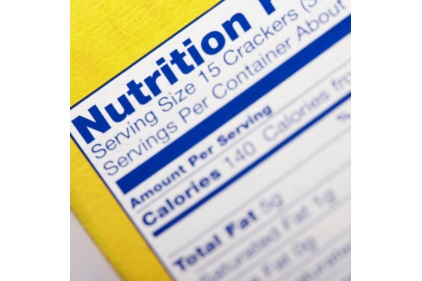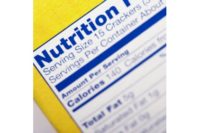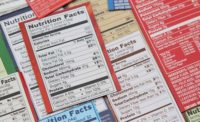Will consumers notice the proposed Nutrition Facts Panel changes? Will they alter purchase decisions or eating behaviors? According to The Hartman Group, the Food and Drug Administration (FDA) made headlines recently when it proposed changes to the Nutrition Facts Panel (NFP) on food and beverage products. Although consumers rarely scrutinize Nutrition Facts Panels, they are an important source of information for evaluating healthfulness among people who read product labels. The Hartman Group decided to explore two of the changes with consumers:
• Serving-size data: Food-forward consumers are skeptical about the labels and serving-size data. For example, many scoff at 22-oz. bottles of soda claiming to contain 2.5 servings. Now that the FDA is calling for serving sizes to reflect reality, will consumers evaluate the panel differently?
• Added sugars: First lady Michelle Obama’s pet peeve is the lack of information about added sugars in many processed foods, although consumers concerned about sugar can already tell a lot when it’s listed as a top ingredient. How will consumers react to an additional callout mandated by the FDA?
As previous Hartman Group research indicates, the nutrition panel is just one of many information sources concerned consumers use to make informed decisions. But it seems their friends’ beliefs are far more important. People no longer need to be educated about the basic macronutrient realities of most foods, since they already know that information in a way that’s suited to their nutritional goals. Consumers who want more information also have many other places to look.
Some of the group’s insights that still hold true today relate to food labeling. There will continue to be strong inclinations to communicate as transparently as possible about various product attributes (“Now with more whole grain”) to attempt to correct for what are viewed as former shortcomings (“Now with less sugar”) and to likely shorten ingredient lists.” (From What’s Really Inside the Package—and the Company, 2006.)
Label reading…may soon be classified as a lifestyle hobby, with a diversity of influences driving consumers to "learn" (or ignore) certain elements of a package. While specific influences tend to tip consumers to consult label components carefully, rising interests in freshness, authentic product narratives and the origin of ingredients speak for interesting times ahead for manufacturers and retailers seeking to influence consumers by package design.” (From Label Profusion, 2007.)
Just as social pressure led people to quit smoking on a large scale, the group says that intimate social pressure is one of the most effective processes for effecting dietary change. It says the bottom line is that change is best effected through culture, not educational campaigns in the supermarket aisle.
Source: www.hartman-group.com



